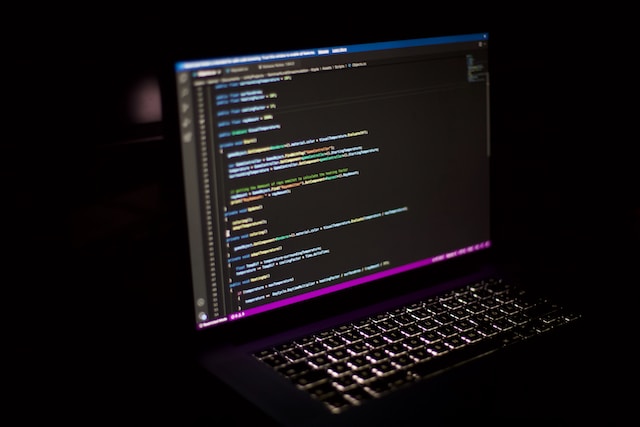The Linux kernel is an indispensable part of the operating system, and one of its most important tasks is to provide hardware support. This includes interacting with hard disks, network adapters, video cards, and other devices. In this article, we will look at how the Linux kernel is organized and what roles drivers play to ensure hardware compatibility.
The Linux kernel
Kernel and user space:
The Linux kernel performs many functions, including memory management, task scheduling, file management, and security. These functions are provided by system calls that can be referenced by user-space applications. The kernel acts as an intermediary between applications and hardware, providing safe and efficient access to system resources.
Kernel Design:
Within the Linux kernel, there are a number of important components for hardware management:
Kernel Data Structures: The kernel contains many data structures for tracking the state of processes, file systems, devices, and other resources.
Device Managers: Device managers monitor and manage connected devices to ensure that they function properly.
Device Drivers: Kernel drivers are software modules that allow the kernel to interact with specific hardware. Drivers serve as translators between standard kernel interfaces and the unique characteristics of a device.
Device drivers in Linux
Device drivers are key components of the Linux kernel that allow the operating system to work with various devices. Here’s how they work:
Loading and unloading drivers:
Drivers can be dynamically loaded and unloaded into the kernel while the system is running. This allows you to add support for new hardware without rebooting your computer.
Interfaces for drivers:
The Linux kernel provides standard interfaces for device drivers, allowing them to communicate with the kernel and control hardware. These interfaces include system calls, IOCTL (input/output with control), and file operations.
Driver Classification:
Drivers fall into several categories, including character devices, block devices, network devices, USB devices, and many others. Each type of driver provides support for a specific type of device.
Driver development process:
Developing drivers in Linux can be a complex task, requiring knowledge of the kernel internals and hardware specifications. The Linux development team is constantly working to add new drivers and update existing drivers to support new devices.
Conclusion
The Linux kernel plays a critical role in managing a computer’s hardware. With device drivers and data structures within the kernel, Linux provides compatibility with a wide range of devices, from keyboards and mice to network adapters and graphics cards. Efficient hardware management makes Linux a powerful and flexible operating system suitable for a wide variety of tasks and usage scenarios.



